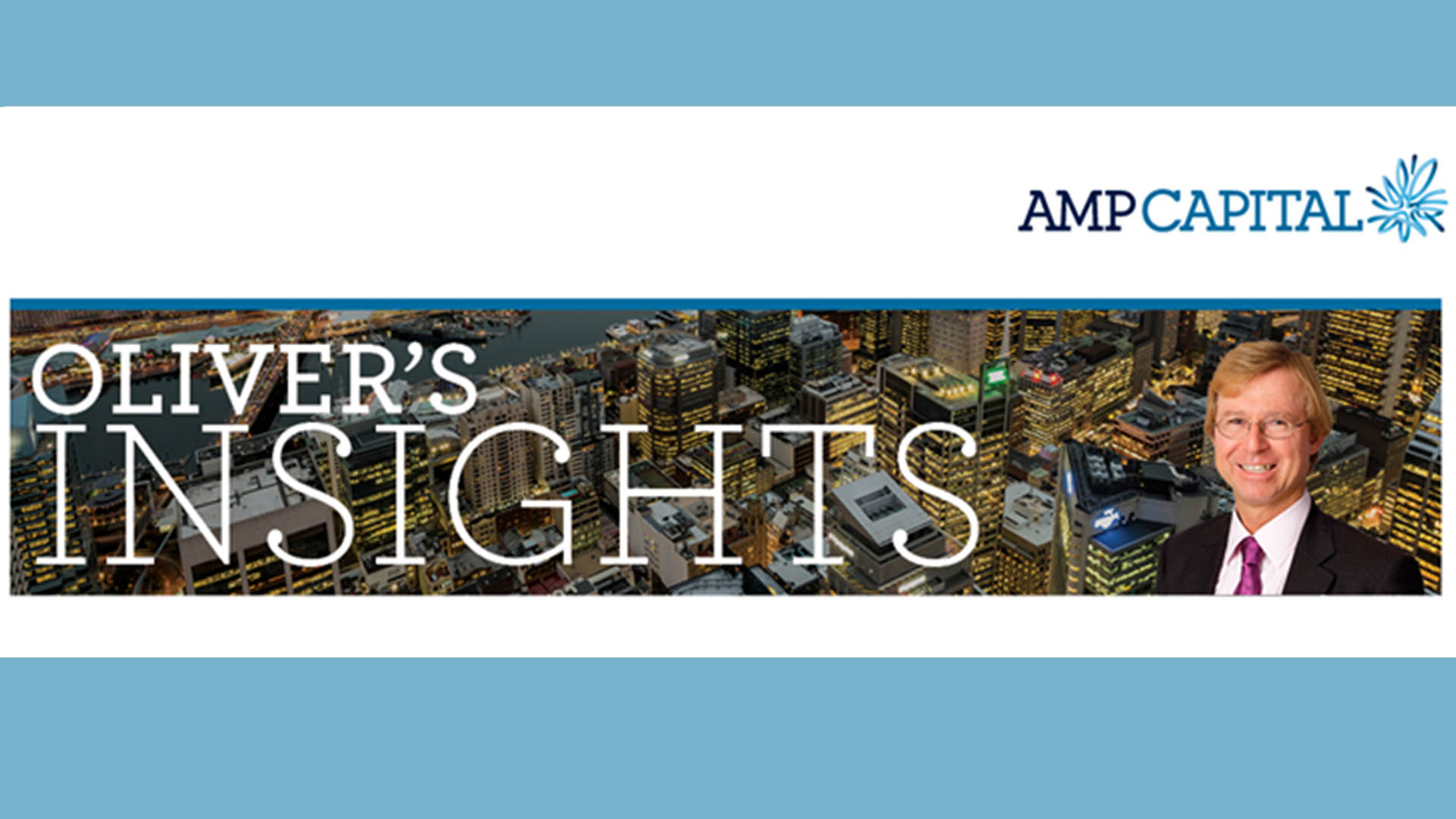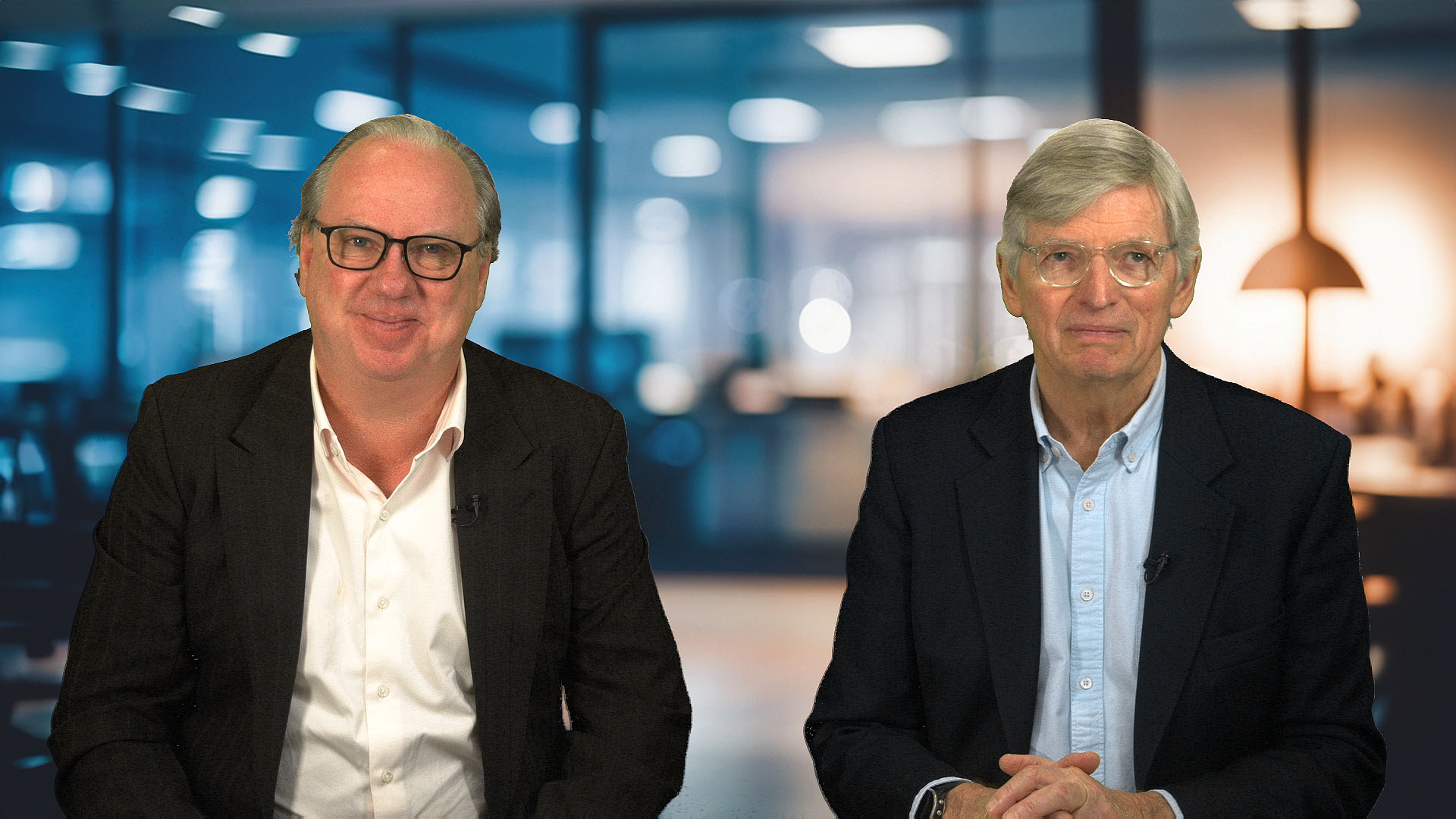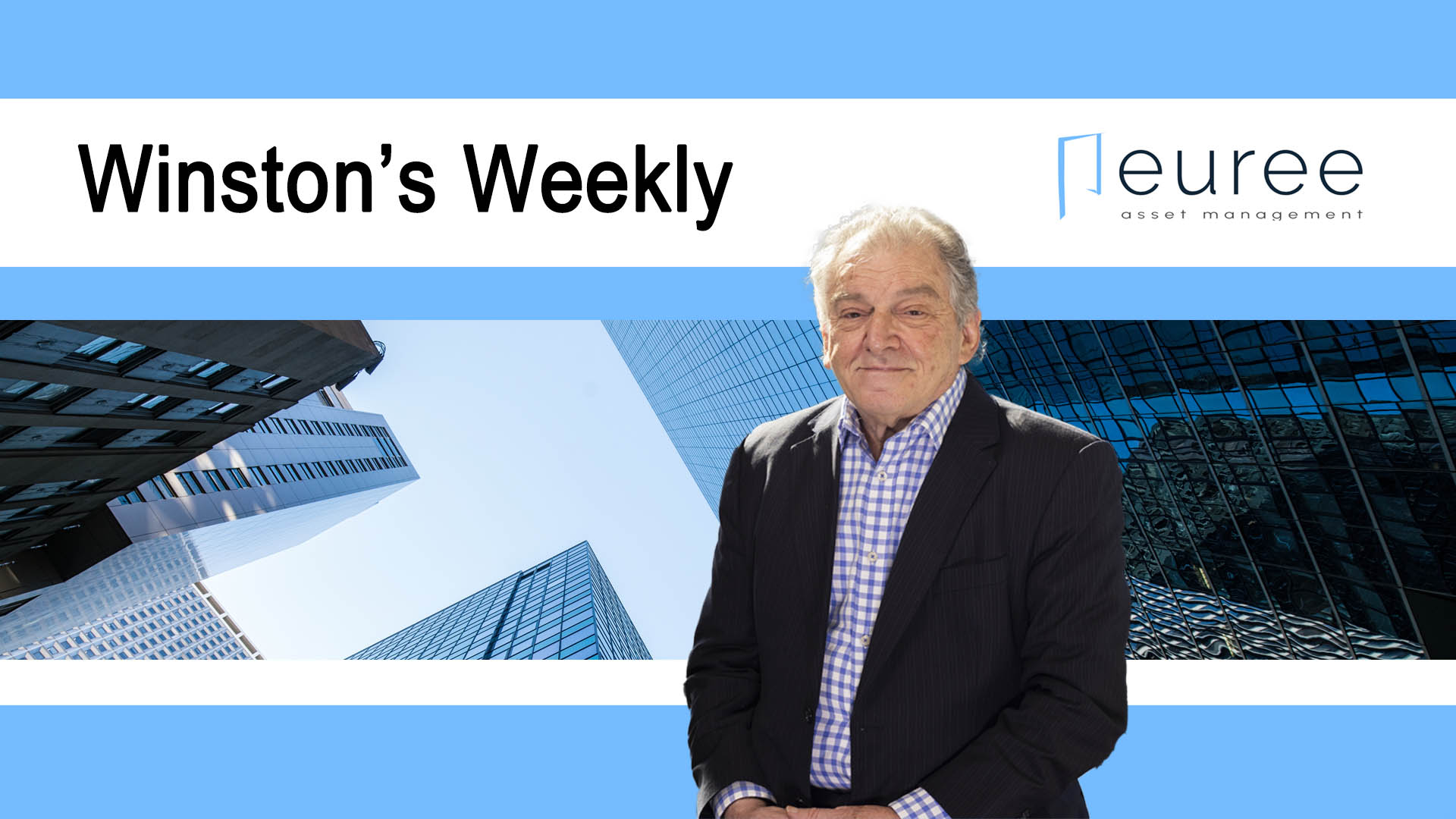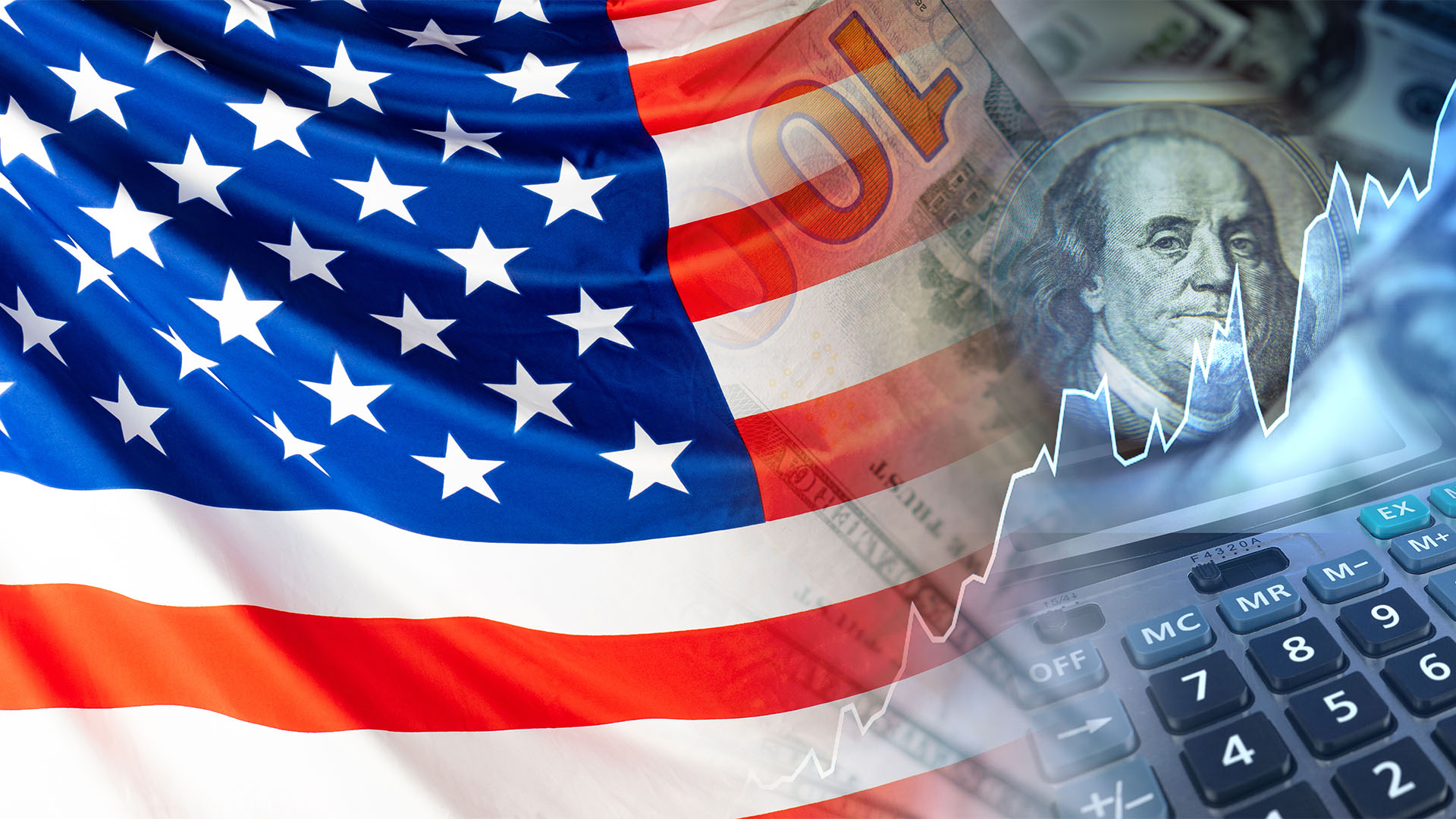Increased government spending on energy and childcare rebates, investment, and defense spending kept the Australian economy afloat in the three months to September, even though economic growth slowed to less than walking pace, growing at just 0.2%.
The quarter-on-quarter growth was half the 0.4% rise in the three months to June and half the market forecast for a rise of around 0.4%.
Revisions to previous quarters by the Australian Bureau of Statistics saw annual growth remain surprisingly above 2% at 2.1%.
The 2.1% annual rate was unchanged from the June quarter but 0.3% more than the 1.8% estimate from the market.
However, the annual rate disguised a sharp decline in the financial health of millions of Australians who paid more in taxes, paid more for a wide range of goods and services, and ran down their savings to a 16-year low.
Despite spending less in many areas, they still had enough to travel overseas and buy new cars.
Nevertheless, the so-called income recession worsened, with GDP per capita falling 0.5% in the quarter after the 0.1% dip in the three months to June. That left the measure down 0.3% through the year to September.
"Growth in both household consumption and GDP over 2023 has slowed due to sustained cost of living pressures and higher interest rates," commented the ABS.
Katherine Keenan, ABS head of national accounts, said, “This was the eighth straight rise in quarterly GDP, but growth has slowed over 2023. Government spending and capital investment were the main drivers of GDP growth this quarter.
Government final consumption expenditure rose 1.1% in the latest quarter, almost double the 0.6% increase in the June quarter.
“The growth in government expenditure was driven by social benefits to households, including the Energy Relief Fund rebates and extra payments for childcare, aged care, and pharmaceutical products,” Ms. Keenan said.
Defense also contributed to growth with increased expenditure related to international training exercises held in Australia this quarter.
The 1.1% increase in gross fixed capital formation was driven by public corporations. “Investment by public corporations rose 8.9 per cent. Commonwealth, state, and territory corporations increased investment in transport, communication, and utilities projects,” Ms. Keenan said. There was also a boost from the private sector with private engineering construction also higher due to increased mining industry investment.
Change in business inventories contributed 0.4 percentage points towards September’s overall growth, following a detraction of 1.2 percentage points in the June quarter.
Mining inventories rose $2.4 billion, reflecting the larger fall in exports than in production volumes. Export prices for coal and LNG fell as global supplies increased. This resulted in a fall in mining profits (-6.5 per cent) and saw a 2.6% fall in the terms of trade over the quarter.
That, in turn, saw the trade account detract 0.6 points from growth as service imports jumped 8.4% (mostly travel costs), outpacing the 1.9% rise in service exports (tourism).
The ABS said that imports of travel services rose 19.5% as more Australians traveled overseas during the Northern summer.
Exports of travel services (+4.4 per cent) continued to recover post-COVID-19 international border restrictions. September saw higher tourism activity as Australia hosted the FIFA Women’s World Cup, and education exports rose as the number of international students hit an all-time high.
"Household spending was flat in the September quarter, as government benefits and rebates reduced household spending on essential services such as electricity,” Ms. Keenan said. Vehicle purchases went up in September as supply constraints continued to ease.
The 2.6% increase in compensation of employees was the largest quarterly rise in a year but wasn’t solely due to just wage rises. The ABS pointed out that there were also "increases in the superannuation guarantee rate, the minimum wage, and continued tightness in the labor market, all contributed to the rise in compensation of employees in the September quarter.
Despite that rise, the household savings ratio slid to 1.1% (the eighth quarterly fall in a row) from 2.8% in the June quarter and was the lowest since December 2007 and the early days of the GFC.
"The removal of the Low and Middle Income Tax Offset in the 2022-23 financial year meant many households had a higher income tax bill this quarter, which has contributed to the fall in the household saving ratio,” Ms. Keenan said. “Increased interest paid on home loans and inflationary pressures on households were also likely factors behind the fall in the household savings ratio,” she added.














